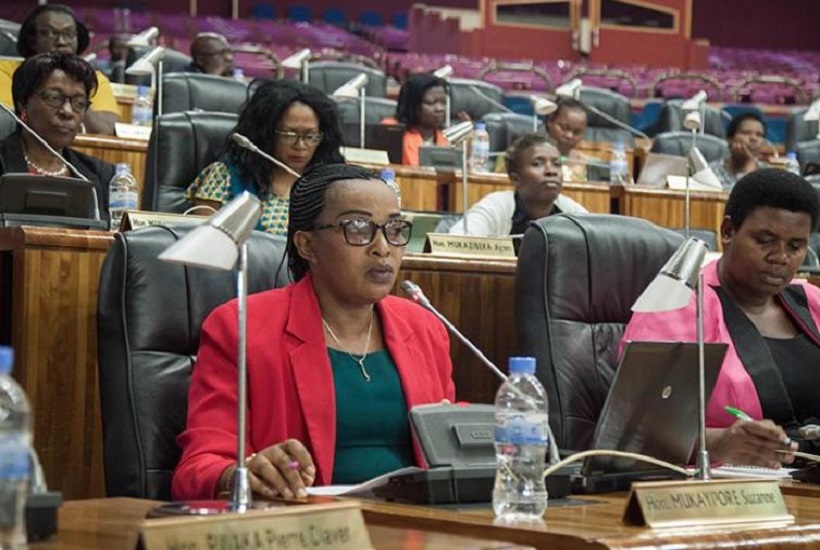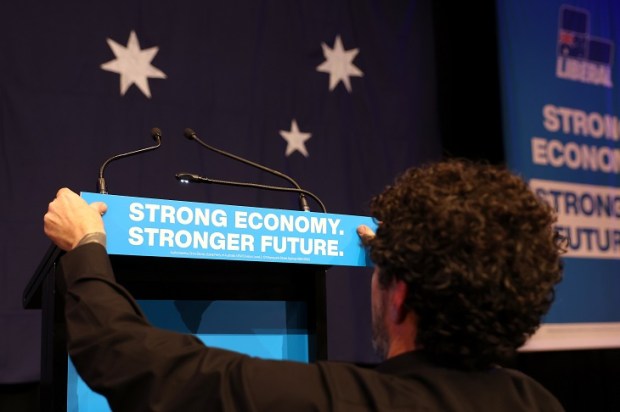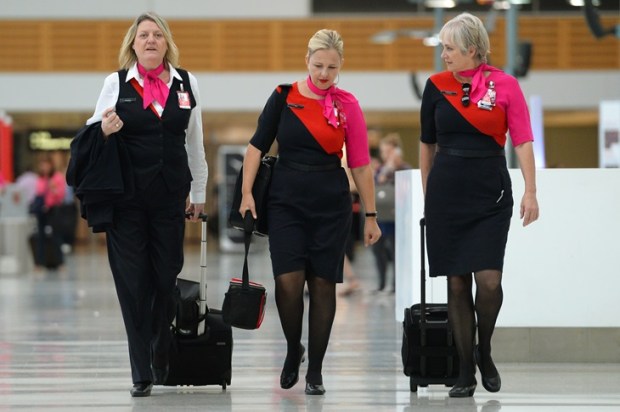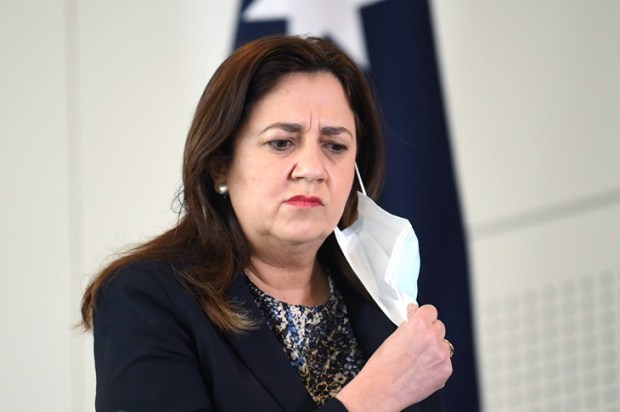The Coalition has received sustained media and ALP criticism regarding their percentage of women in parliament – so much so that the LNP are now talking of quotas.
Outgoing Defence Minister, Christopher Pyne has long advocated for more young women in parliament. Back in 2015, he said, “I think we have suffered in the last decade or so, in not having enough women in our party room”. But with Pyne stepping down at the coming election, and given his apparent commitment to women, it was surprising that he didn’t support one of the talented young women contesting preselection this Saturday. Instead, he has thrown his support behind a political staffer from his moderate faction, James Stevens. There are at least two very gifted conservative women that will likely lose on Saturday, not due to any lack of merit, but because of factionalism. Politics is a tough business.
On a broader question, will an increase from the current number of women within parliament somehow produce better public policy outcomes? In addition, is there actually a real problem that needs fixing, or is it a manufactured issue masquerading as something that appears on the surface unfair? How many women have the ambition to be involved in politics? Are there genuine barriers to entry that men don’t face? Surely the idea of quotas clashes with the fundamental cultural value of a fair go and a level playing field for all?
A Brookings study looked at the level of ambition of men and women desiring to run for public office. In 2001 and then again in 2008, individuals in a range of typical professions likely to run for office were surveyed. It was found that women had 50 per cent less desire to run for a federal public office than men (though a higher desire for local school boards, etc.). In addition, other key factors that could turn a desire to run into a no thanks, particularly surrounding the nature of campaigning were identified. For example, on the question of potentially having to engage in a negative election campaign, 45 per cent of women to 30 per cent of men would be deterred from running.
The study covered the range of issues a potential candidate would consider before putting themselves forward as a candidate. On the question whether one knew a lot about public policy issues, 46 per cent of women and 59 per cent of men said yes. On the question whether one felt qualified or very qualified, 55 per cent of women and 73 per cent of men said yes. On the question, I don’t have a thick enough skin 48 per cent of women and 29 per cent of men agreed.
On being encouraged to run for office by anyone from their spouse to a political official, there was only an average six per cent difference in favour of men. Child raising responsibilities are often sighted as a barrier for women, but in those surveyed 63 per cent didn’t have children living at home.
If 50 per cent fewer women are motivated to run in federal politics than men, as discussed earlier, is reasonably accurate, and without taking into account those other factors that might negatively impact the decision to run, then it would translate to around 33.3 per cent of determined women (66.6 per cent to men) running for seats in parliament. If those percentages then translated into seats won, it would equal the actual current figure of 33.3 per cent women in parliament.
The Brookings study is instructive, but given it was conducted in the USA there is a need for an Australian measure of personal ambition and willingness to take a huge career risk. Business start-ups are a pretty good indicator of individuals willing to step out and take a punt on themselves. In 2018, 22.3 per cent of start-ups were led by women. This is a great indicator of ambition, vision, and determination. It’s not definitive, but it does help to benchmark the needed ambition.
A 2017 Ipsos poll showed that 64 per cent of Australian women agree that they have full equality with men and the freedom to achieve their dreams and aspirations. 92 per cent of Australians say they believe in equal opportunities for men and women, in addition, the poll showed that men are more likely than women to stand up for women’s rights.
In 2003, Norway legislated a 40 per cent quota for women on boards. By 2010 there was no change to the number of women as senior executives, CEO’s, or board chairs. The women both willing and qualified to sit on boards ended up extending themselves to sit on between 25-35 boards each to make up the quotas. These women were transformed from engaged board members to token women, due to toxic quotas – this is inherently immoral and contrary to good governance practices. Institutional Shareholder Services Inc. recommends sitting on a maximum of five boards.
The Labor Party commits a first-term government to 50 per cent gender diversity targets for all public board positions, including defence, along with a 50 per cent target of women in senior public service roles by 2025. This is concerning given the overwhelming aforementioned research findings.
Women already play a disproportionate and still growing role shaping the nation of tomorrow through the education sector. Women make up 97 per cent of early learning staff, 82 per cent of primary teachers, and 60 per cent of secondary teachers. Children will potentially not have any male role model during their entire school life, yet this very real problem is of little concern to Labor.
Quotas, or mandated targets, have always been a central part of Communist and Socialist ideology and the command economy – government dictating production, prices, and priorities. Instead of the free market model that values the individual, their experience, leadership and vision. No surprise that the former Soviet states had quotas for almost everything, nor is it surprising that Socialist parties introduced quotas to Western nations beginning with the Nordic countries. The Socialist Left Party of Norway was the first to introduce a 40 per cent quota in 1975. The Socialist People’s Party of Denmark followed soon after.
Some Australian academics hold up Rwanda as the gold medallist of countries with women in parliament. In Rwanda, women make up 61 per cent of the House of Deputies (HOD) and 40 per cent of the Senate. This looks impressive on the surface, but the reality is that 30 per cent of the HOD and Senate seats for women are mandated in the constitution. They are selected by special electoral colleges and presidential appointments – not chosen by the people. Rwandan citizens only get to vote for 53 of the 80 seats in the HOD, and none in the Senate. Rwandans voted for women in 31 per cent of the remaining HOD seats. It is intellectually dishonest to hold up Rwanda up as a gold medal example.
As the percentage of talented and politically ambitious women rises the number in parliament will rise, but to think that the same percentage of women will choose such an unforgiving career path seems to be a very naive understanding of men and women.
We want morally robust and qualified individuals serving within our parliaments and in government appointed roles. It would be a grave injustice for any government to discriminate against the best candidates in order to fill an ideological gender target.
Gender-based quotas are wrong – wrong because they are mutually incompatible with the wisdom of individual liberty, a meritocratic society, and the Australian value of a fair go.
Rod McGarvie is a former Coalition and minor party candidate.
Got something to add? Join the discussion and comment below.
Got something to add? Join the discussion and comment below.
Get 10 issues for just $10
Subscribe to The Spectator Australia today for the next 10 magazine issues, plus full online access, for just $10.


























Comments
Don't miss out
Join the conversation with other Spectator Australia readers. Subscribe to leave a comment.
SUBSCRIBEAlready a subscriber? Log in